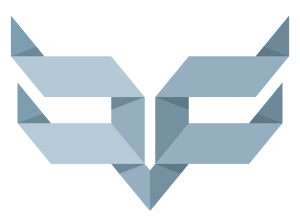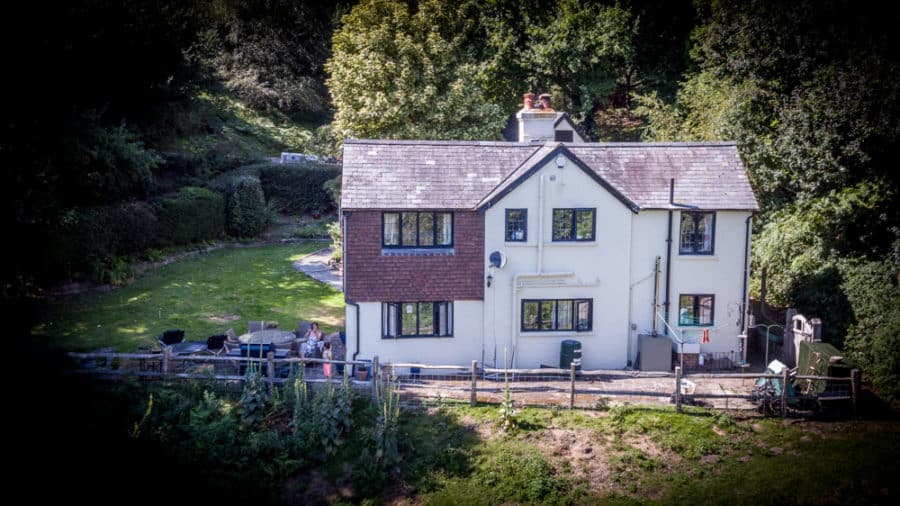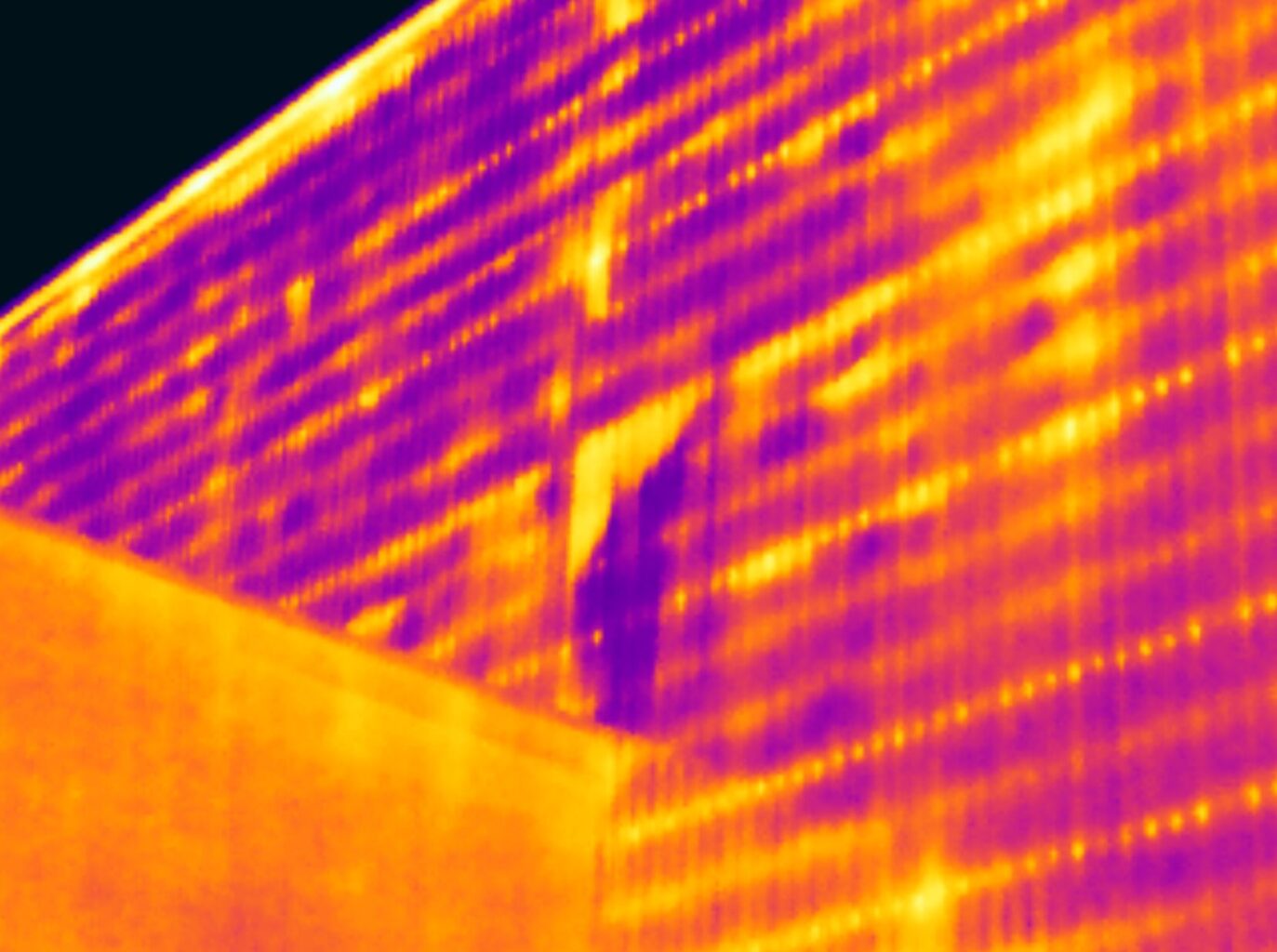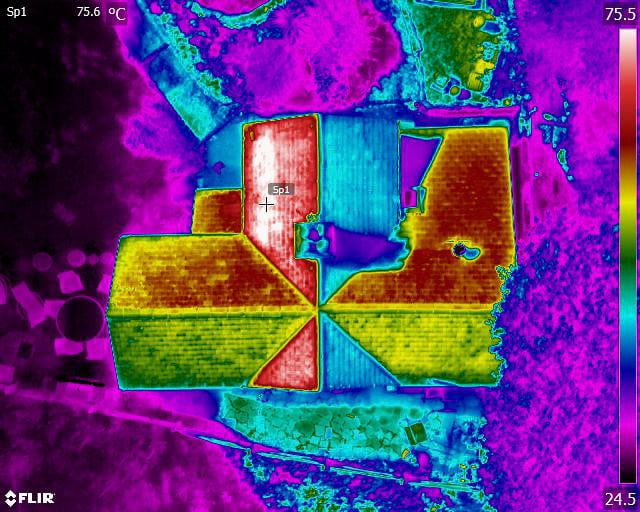
Thermal Imaging Colour Palettes
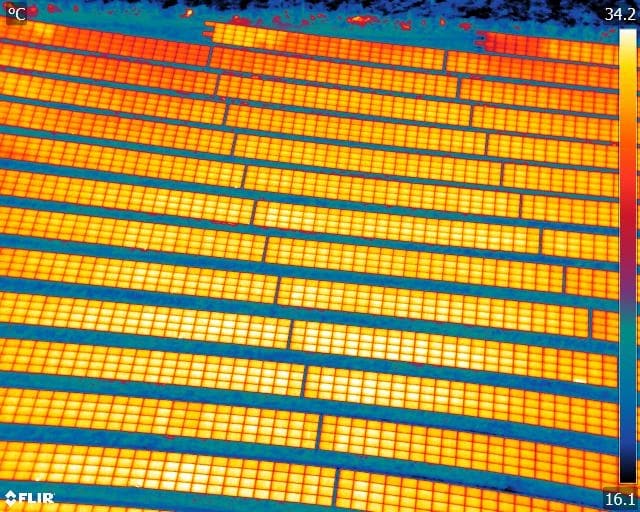
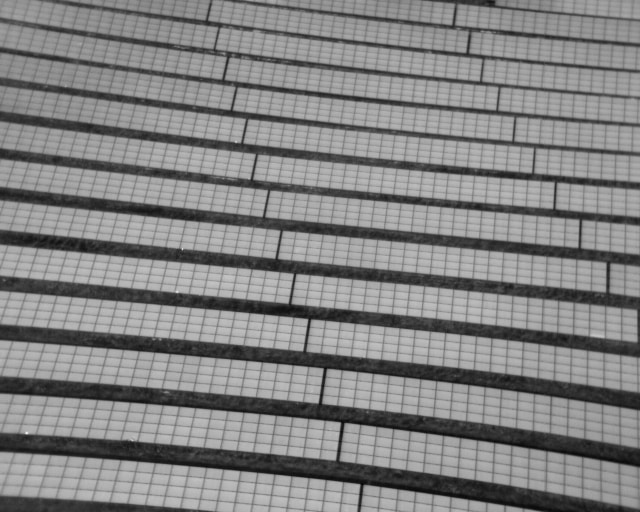
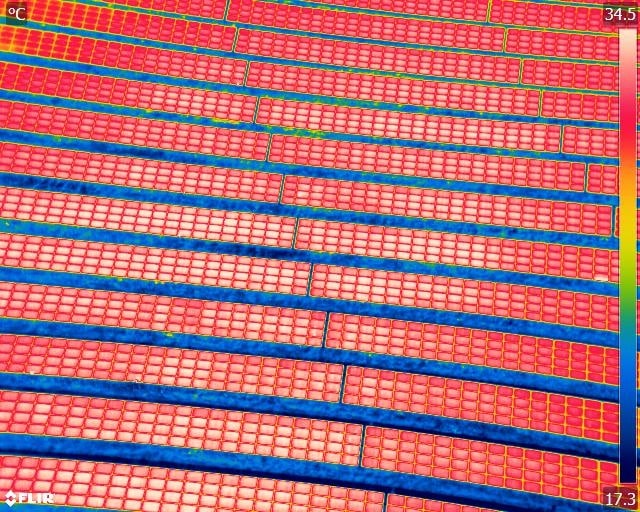
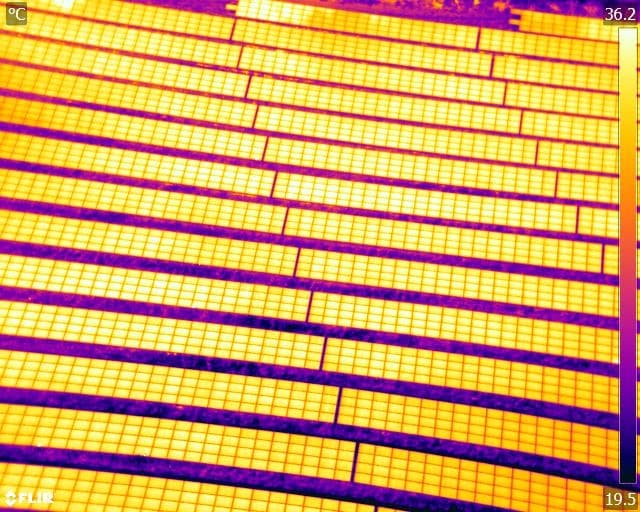
Thermal cameras don’t actually detect colour at all as they operate outside of the range of visible light, but the thermal info is recorded and displayed in colour formats to make it easier to interpret.
The most common palette is the so-called Iron one where black represents the colder areas through red, orange and yellow the mid-range temperatures and white for the hottest points. Each images also includes a scale with the colours and the temperature ranges they denote although the digital images will allow you to take a precise temperature reading at almost pixel level.
Another common palette is the grey scale one, again with black areas being cooler and white areas showing the hottest parts. It can be harder for the human eye to detect the difference between shades of grey so it’s less commonly used for that reason but some programs do require this format.
Thermal images from our state of the art camera offer a a variety of colour palettes for your images. This allows us to provide you with your images or video footage in a palette that is familiar to you and your inspection program. So whether you prefer the detail offered by a multi colour palette, or the simplicity of the grey scale, we can offer a service to suit.
The Importance of Solar Panel Inspections in Spring
Spring and summer are peak months for solar energy production—ensure your panels are operating efficiently with a professional thermal imaging inspection. Compliance with IEC62446-3:2017 is essential for both commercial and domestic systems, helping to prevent faults, optimise performance, and maintain insurance coverage. Book your inspection today!
Facebook, Instagram and Threads Removal
Departing Facebook, Twitter, and Instagram to Uphold Ethical Principles In an era increasingly shaped by the influence of powerful social media platforms, Drone Media Imaging has made the principled decision to leave Facebook, [...]
In Thermography what is the difference between Quantitative vs Qualitative analysis
Quantitative and qualitative thermography are two essential methods in thermal imaging analysis. Quantitative thermography measures exact temperature values, while qualitative thermography focuses on pattern recognition. Both play a crucial role in building inspections, electrical fault detection, and industrial diagnostics. Understanding their differences helps professionals choose the right approach for accurate thermal assessments. Drone Media Imaging provides expert thermographic services, ensuring precise, reliable results. Contact us today for professional thermal imaging analysis.
Expert Infrared Inspections for Accurate Thermal Assessments
Need professional thermographic analysis for your project? Our certified experts use the latest infrared technology to deliver precise results. Contact Drone Media Imaging today for expert thermal imaging services.
related posts
Thermal bridging in commercial buildings allows heat to escape or enter, increasing energy consumption and utility bills. It also leads to higher operational costs, maintenance expenses, and carbon emissions. Thermal imaging helps identify hidden thermal bridges, enabling targeted strategies to enhance energy efficiency and reduce costs.
